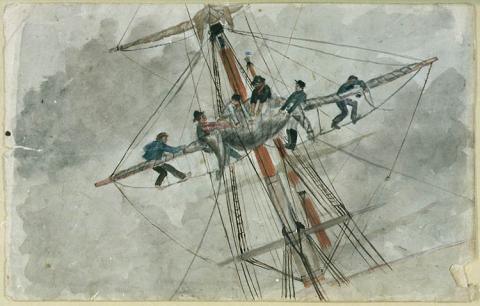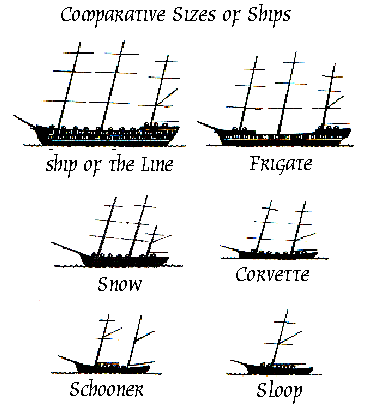Ship Design: A History Bit
Developments in ship design
Different regions of Europe affected the type of ship. For example, along the Mediterranean there was a greater need for mobility than say the speed needed for Atlantic crossings.
Geographically, there was a definite north-south divide.
Things that helped ship development
Trade – carrying capacity, speed, different commodities all had to be taken into account
Subsidies – Governments granting subsidies
The desire to explore
War
The technical developments – the maths and science behind ship design
Things that hindered ship development
The desire to keep costs down.
The lack of navigational knowledge
Accuracy or availability of tools and materials
Lack of contact between ship developments of the north and the south due to mutual distrust
Medieval shipping
According to Richard Unger, a ship is ‘an instrument for solving the economic problem of scarcity’. In other words it was a ‘way to move goods and people’. A ship was a vessel in the truest sense of the word. This analysis somewhat strips away the romanticism.
Before 1500 ship design did not seem to change all that much. Any changes that did occur tended to be subtle, simply an extension of what was already in place which makes the origins of any changes different to trace.
Some considerations
The physical environment: the characteristics of the region in which the vessel was produced; the kind of timber in use dictated the structure and character of the vessel. For example Celtic built ships were made from oak and therefore tended to be very densely built vessels, whereas in Scandinavia where pine and spruce were abundant, the vessels tended to be lightly built, long vessels.
More advanced societies could import timber and therefore adapt their vessels to its particular need, i.e. war, trade or both.
The maritime environment
Where is the ship going to be used? Along the shore? Lakes or rivers? The open sea? All these environments have different possible combinations, with their own problems and their own solutions.
The social context
The standard and the quality of the work; the skill of the craftsmen. This issue reminds us that we cannot ignore the link between maritime history and territorial (social) history.
Major developments
In hull design and construction
Different hull designs: rounded, banana-shaped, flat bottomed.
Construction: frame first (skeleton) and plant first (shell)
Method of forming the hull shape
Carvel – smooth
Clinker – overlapping
Each of these had different implications, but generally ship building moved away from carvel to clinker built before 1500.
Means of propulsion
Oars, sails, both?
Type and arrangement of sails; Square in North Europe and; Lateen or triangular in the Mediterranean; Also the number of masts and the complexity of the sail plan
From the 15th Century square and lateen sails began to be used together in a fusion of ship building techniques
War at sea
There is an ever present problem of evidence with this (and with ship development as a whole). ‘Official reports of battles are very rare, and although there are some naval resources available they are few and far between and cannot be wholly relied upon to give us an accurate depiction.
Therefore we sometimes rely upon an impressionistic view of conflict at sea. There is a tendency to apply modern and arguably anachronistic concepts to medieval warfare to fill the void.
There exists an inconsistent separation between warships and cargo ships. In tracing the history of ship design, the degree of the separation between war/cargo ships varied over time and space….
From this period, ship developments increased with northern Europe beginning to overtake those of southern Europe. For England, and then Britain after the Union, the importance of the navy and shipping, both military and merchant was paramount to control of the waves against enemies, mastery of the shipping lanes for trade and communications, and on the whole for the development and retention of the burgeoning Empire. But that’s a different story…
After all the developments from the earliest Viking vessels, through competition, necessity and opportunity, the following images better represent the different types of shipping that emerged in Europe, and beyond.
Filed under: Uncategorized Tagged: european history, history, maritime, naval history, ship development, ships


Louise M.H. Miller's Blog
- Louise M.H. Miller's profile
- 18 followers







